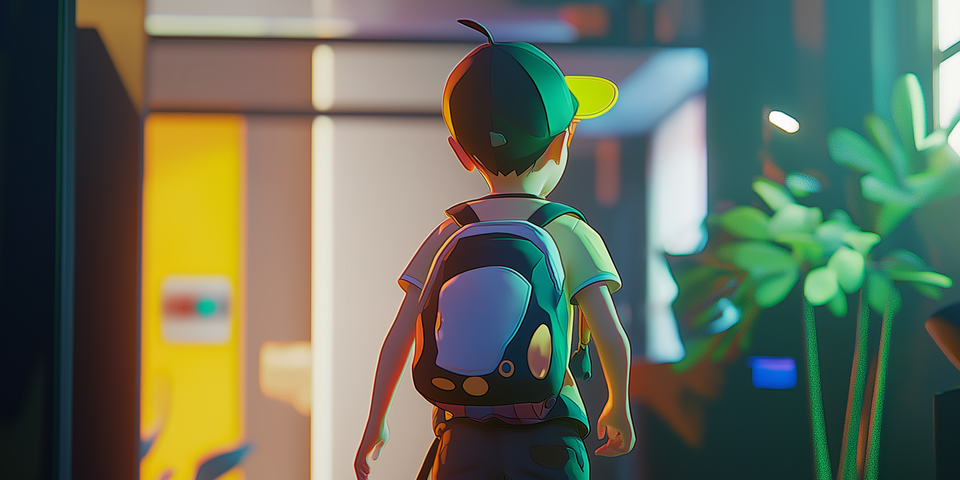We hear it all the time: “They’re on that game again.” Cue the worry, the guilt, and the internal debate: Is this just screen time… or is something actually happening here?
Here’s the truth: not all screen time is created equal. And when it comes to video games, there’s a big difference between passive zoning out and active skill-building.
This guide helps you spot that difference — so you can feel more confident, set smarter boundaries, and actually celebrate the moments where your kid is growing behind the controller.
💻 What We Think Screen Time Means
For many grown-ups, screen time = mindless scrolling. TV, YouTube rabbit holes, TikTok marathons — it can all blur together.
So when we see kids gaming for hours, it looks the same. But gaming — especially interactive, creative, or strategic gaming — is often engaged time, not passive consumption.
Let’s break it down.
🧠 The Big Idea: “Skill Time” Is Screen Time With Purpose
Skill time is when kids are:
- Solving problems
- Collaborating with others
- Creating something new
- Developing strategy, timing, or focus
- Bouncing back from failure
In other words — it’s screen time that’s teaching them something, even if it’s wrapped in boss battles or digital pet dragons.
🎮 Skill Time in Action: What It Looks Like
You might be looking at a screen, but here’s what’s really happening underneath:
🧩 Minecraft: Spatial reasoning, resource management, creativity
💬 Fortnite (Team Play): Communication, reflexes, cooperative planning
🎨 Animal Crossing: Planning, budgeting, social simulation
🕹️ Rocket League: Precision, timing, team coordination
📜 Story-based games: Empathy, moral reasoning, narrative comprehension
The key? Kids are doing, deciding, failing, improving, leading.
That’s not zoning out — that’s growth.
🧐 How to Spot the Difference (Fast)
Here’s a quick cheat sheet to help you tell:
💬 Questions to Help You Learn More
Instead of jumping to conclusions, try asking:
- “What’s the hardest thing you’ve had to figure out in this game?”
- “What’s something you built or achieved that you’re proud of?”
- “Do you usually play this to relax, or to compete?”
- “What skills do you think this game helps with?”
You’ll not only get better insight — you’ll start hearing the skill time in their answers.
🚫 What to Avoid
- Dismissing all screen time as bad
- Using gaming as a reward only if everything else is done
- Saying “you’ve been on that thing forever” without checking what they’re actually doing
(They might be in the middle of designing a 3-story mansion or leading a team to victory.)
✅ What Works Instead
- Balance passive and active time — just like with food, not all screen time is junk
- Celebrate growth you can’t see (like persistence, communication, or focus)
- Set boundaries around burnout, not just hours (“Let’s take a break — your brain’s been going full speed for a while!”)
💬 Ask:
“What’s something this game has taught you — even if it’s weird?” (The answers might surprise you.)
🎯 Final Thought
When you learn to spot the difference between passive screen time and engaged skill time, you stop seeing video games as the enemy.
Instead, you start seeing them as opportunities: for learning, growth, and connection.
And the next time you walk by and think, “They’re on that game again,” you’ll know what question to ask — and why it matters.
